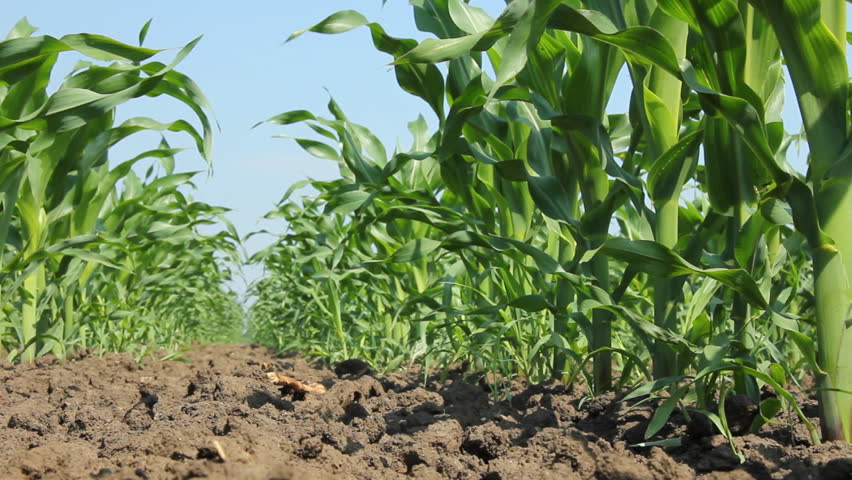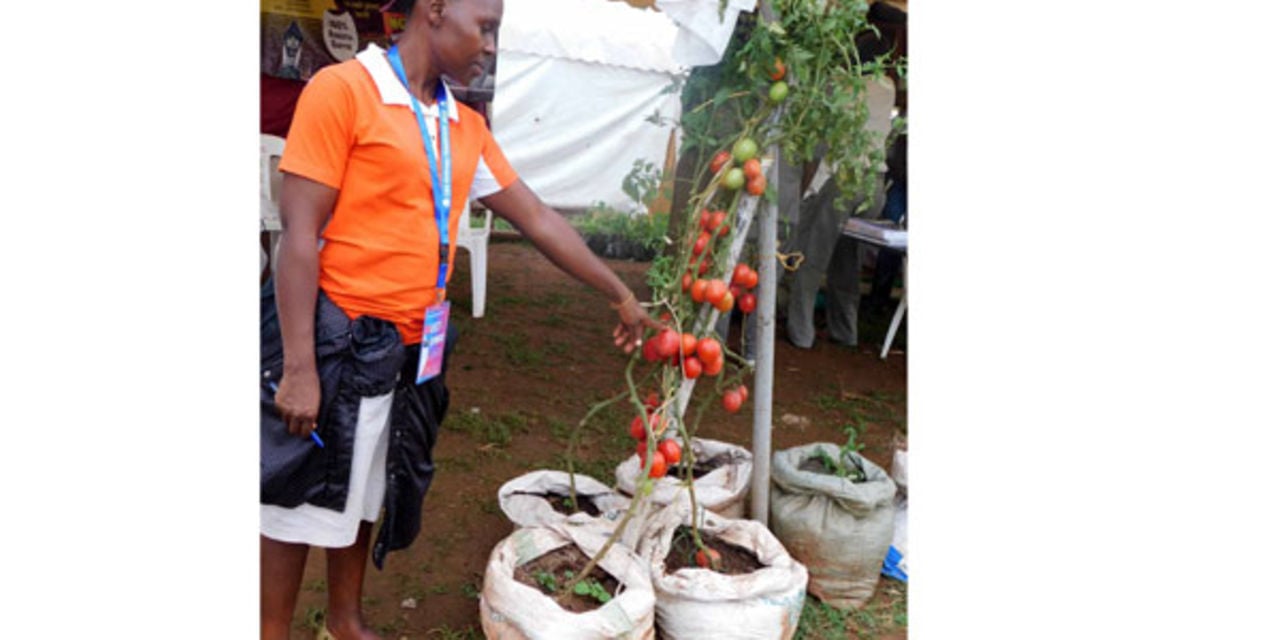Sorting and grading of fruits and vegetables are essential for selling the products at a reasonable price. In this article, we’ll know some basic terms of sorting and grading. So, let’s go for it.
Sorting of Fruits and Vegetables
Separating the different types of fruits from fruit lot is called sorting. It depends on
- Damage product: The damaged product should be avoided. It should be separated from fruit lot, and the well mature product should be taken.
- Diseases: Diseased free fruit and vegetable should be collected from a lot. It is essential for sorting.
- Insect cutting products: Insect cutting fruit must be avoided because consumers want good fruit.
- Maturing: Mature fruit is delicious. So maturity is very much needed for fruit.
- Color: Colours should be lightable. Well-colored fruit should be selected that attract the consumer. Colour also indicates the maturity level of the seed.
- Shape: In the case of packaging, the shape is essential. Some type of fruit should be selected for packaging in case of sorting.
- Size: Size also an essential matter for sorting fruits from a fruit lot. We should select the same size of the fruit.

Grading of Fruits and Vegetables
Grading fruits and vegetables after harvesting is an essential step in post-harvest management. Grading of fruits and vegetables based on physical characteristics like weight, size, color, shape, specific gravity, and freedom from diseases depending upon agroclimatic conditions. The known methods of grading fruits and vegetables are manual grading, size grading.
Grading fruits and vegetables in the fresh form for quality is essential, as people become quality conscious day by day. Further, upon arrival of fruits and vegetables at the processing centers, they should be graded strictly for quality. The immature, properly mature, and over-mature fruits and vegetables should be sorted out for the best attributes.
Definition of Grading
Grading is sorting vegetables and fruits into different grades according to the size, shape, color, and volume to fetching high prices in the market. Or, the Arrangement of fruits into different groups by separating from a fruit lot is called grading. Grading depends on-
- Cultivar
- Size
- Appearance
- Colour
- Quality
Objectives of Grading
- To get a higher price.
- To have different marketing values.
- To adjust to the world market.
- To facilitate marketing.
- To facilitate packing.
- To facilitate transporting.
- To increase the shelf life.
For the international market, 3 general grades are considered as:
- Extra class.
- Class I.
- Class II.
1. Extra Class: The extra class is of superior quality posses the shapes and color of the variety, and is likely to affect the inherent texture and flavor without internal defect. A 5% tolerance is allowed for errors. It must be carefully presented, considering the uniformity of the produces in size color, condition arrangement of the produce in the package quality, and appearances of the packing or pre-packing material.
2. Class I: Almost having the same quality is like the Extra Class except that a 10% tolerance is allowed. Individual fruit is allowed a slight defect in shape, color, and miner skin defect, which do not affect the general appearance for keeping qualities. The size range may be wider in packing, and the product need not always be arranged in the package.
3. Class II: This class product may exhibit some external or internal defects provided they are fit for consumption while fresh. This class is best fitted for local or short-distance markets. This category will satisfy customers who are not too demanding, and for whom price is more important than quality.
Advantages of Grading
- Losses of the selling price due to the presence of substandard products or specimens can be easily avoided.
- It increased marketing efficiency by facilitating buying and selling products without personal selection.
- Grading enhanced to set a reasonable price for graded products.
- High marketing costs in packing and transportation can be avoided by grading.
- In grading, diseased and defective specimens are not damaged due to diseased specimens’ contact and thus get a high price in the market.
- By grading, there is fairness to both Buyers and Sellers.
- Properly graded vegetables and fruits are purchased by the consumer easily without inspection.
Grading of Fruits
Generally, the fruits are graded based on size, weight, specific gravity, color, variety, etc. Size grading is predominantly followed in almost all types of fruits based on size. The fruits are graded as small, medium, large, and extra-large. Based on maturity, the fruits are graded as immature, properly mature, and over mature.
Grading based on maturity decides both quality and shelf life. The Alphonso and Pairi mango fruits are graded based on weight as less than 200g, 200-249g, 250-299g, 300-349g, and more than 350g. Out of these grades, the weighted grade 250-299g account for about 30% of the fruits. The mango fruits are also graded based on Sp. gravity (3 grades based on sp. gravity as less than 1.0 sp. gr, 1.0-1.02, and more than 1.02). The sp. gr Grade 1.0-1.02 accounts for about 50% of the Alphonso and Pairi mango fruits.
Grading of Vegetables
The fruit vegetables such as bitter gourd, okra, bell pepper, brinjal, green chili, etc. also graded based on size into 3 grades as small, medium, and large. The vegetables like tomatoes are graded based on color.





